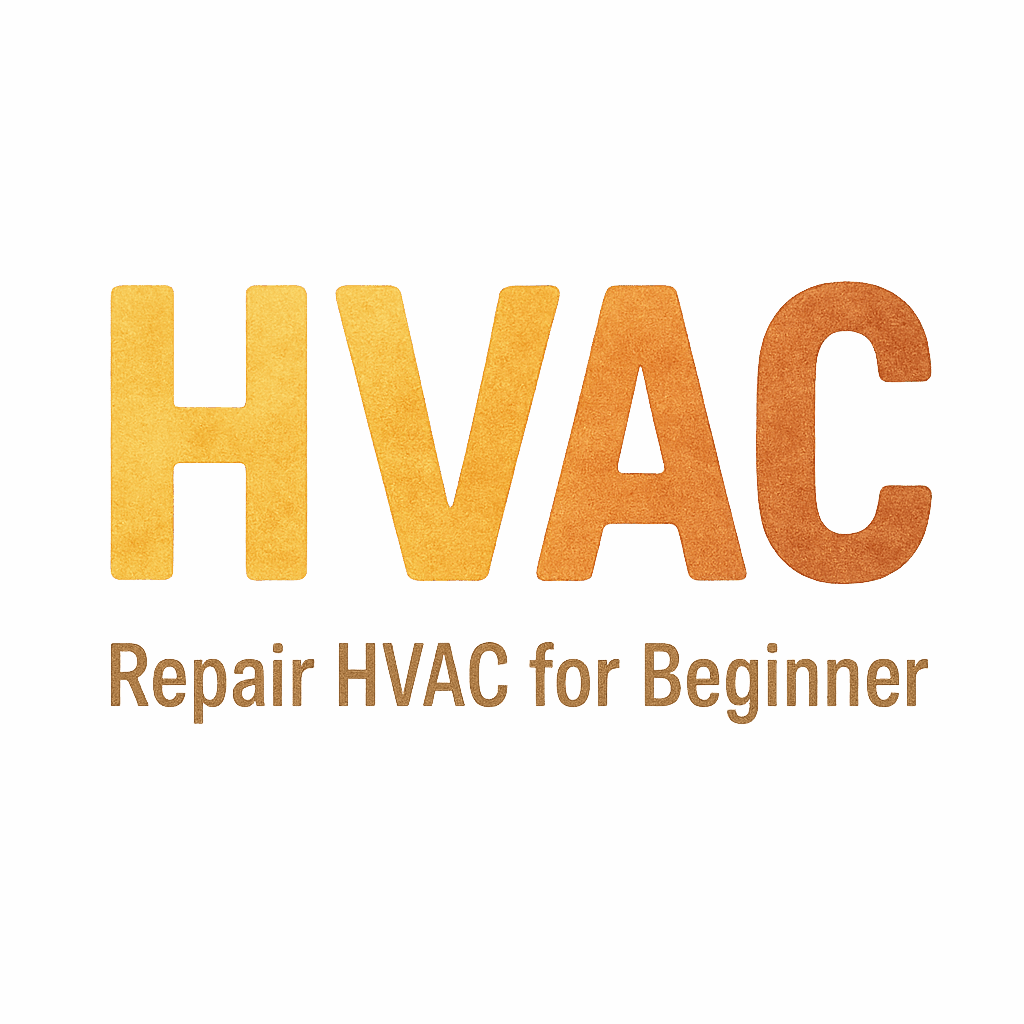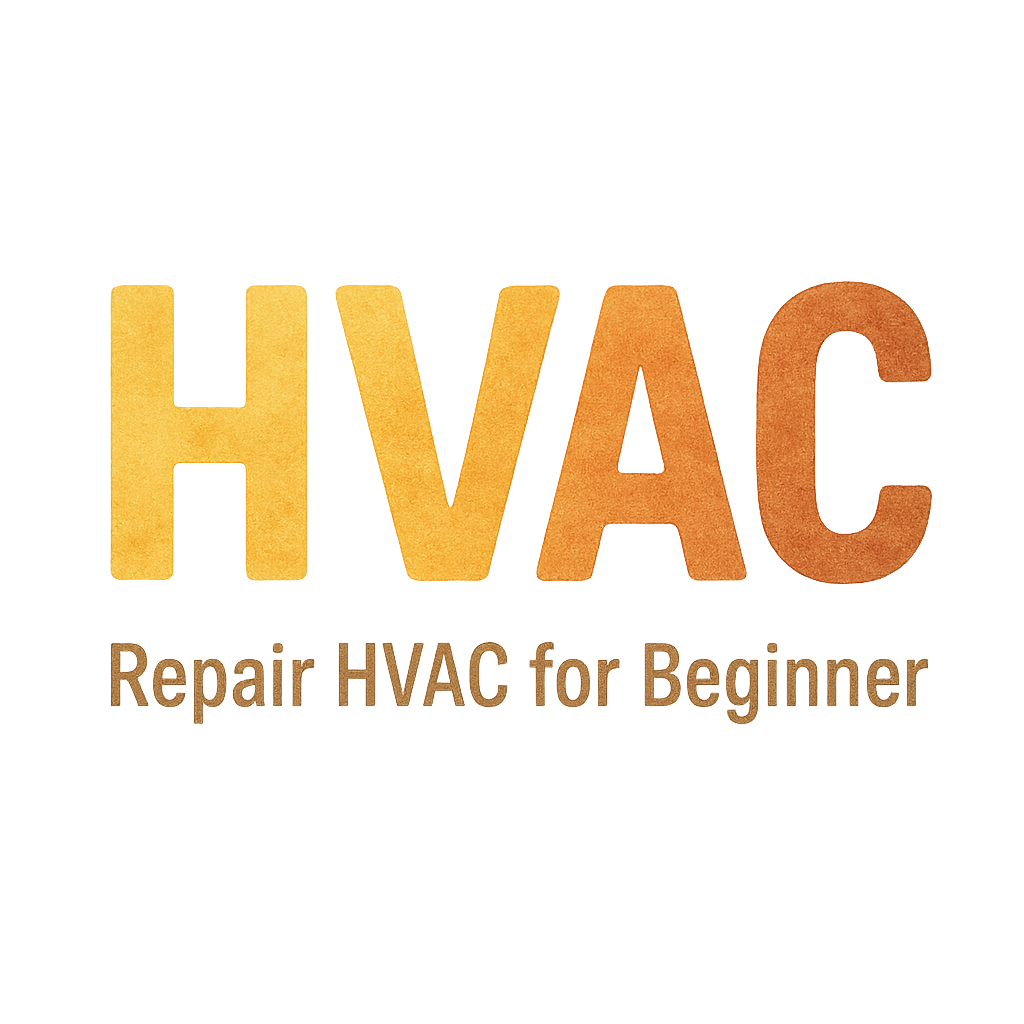Introduction to HVAC Terminology
Entering the world of HVAC (Heating, Ventilation, and Air Conditioning) can be daunting, especially with the complex terminology that comes with it. Whether you’re maintaining your own system at home or just getting started in the industry, understanding HVAC terms is essential for efficient troubleshooting, maintenance, and even installation. In this article, we’ll break down 10 HVAC terms every beginner must know, so you can navigate your system with confidence and ease.
By the end, you’ll have a solid grasp of the basic vocabulary and be well-equipped to make informed decisions about your system. Let’s dive in!

1. HVAC (Heating, Ventilation, and Air Conditioning)
What is HVAC?
HVAC is a catch-all term for Heating, Ventilation, and Air Conditioning systems that regulate air temperature, humidity, and air quality in residential, commercial, and industrial spaces.
These systems are responsible for keeping your home comfortable, no matter the season. If you’re new to HVAC systems, knowing this term will help you understand the three essential components:
- Heating: Provides warmth in cold weather.
- Ventilation: Ensures fresh air circulates and removes contaminants.
- Air Conditioning: Cools your home during hot weather.
For a deeper dive into how HVAC systems work, check out our article on HVAC Basics for Beginners.
2. Thermostat
What is a Thermostat?
A thermostat is the heart of your HVAC system. It’s a device that allows you to control the temperature of your home by setting your desired indoor climate. Modern thermostats come with digital interfaces and advanced features like programmable schedules and smart controls that improve comfort and save energy.
For more advanced thermostat options, consider reading Smart Thermostats: Why They’re Worth the Investment.
3. Air Handler
What is an Air Handler?
An air handler is a central unit that controls airflow in your HVAC system. It contains important components such as the blower, evaporator coils, and filters. Essentially, it circulates conditioned air throughout your home, ensuring that both heating and cooling are effectively distributed.
If you’re troubleshooting airflow issues, knowing how to check your air handler can save you time. For related tips, visit our Air Handler Troubleshooting Guide.
4. Ductwork
What is Ductwork?
Ductwork consists of the network of tubes or pipes that transport air throughout your home. Connected to the air handler, ducts carry conditioned air to every room. Properly sealed ducts are crucial for system efficiency and prevent energy loss.
If you’re interested in how to maintain your ducts or upgrade them for better airflow, check out our article on Ductwork Maintenance.
5. Refrigerant
What is Refrigerant?
In cooling systems, refrigerant is the substance that absorbs heat from the air inside your home and releases it outside. Refrigerants are vital for air conditioners and heat pumps, allowing them to cool or heat air by transferring thermal energy.
If your HVAC system isn’t cooling properly, it may be an issue with the refrigerant. For more insights on diagnosing refrigerant issues, see our HVAC Troubleshooting Tips.
6. Heat Pump
What is a Heat Pump?
A heat pump is a versatile system that can both heat and cool your home. Unlike traditional furnaces, which generate heat, heat pumps move heat from one place to another, making them energy-efficient, especially in moderate climates.
Curious if a heat pump is right for you? Explore the benefits in our guide on Choosing the Right Heat Pump.
7. SEER (Seasonal Energy Efficiency Ratio)
What is SEER?
SEER measures the cooling efficiency of an air conditioning system. The higher the SEER rating, the more efficient the system is. SEER is crucial for understanding how much cooling output you get for every unit of electricity consumed.
For more information on energy-efficient HVAC choices, check out How to Choose the Best SEER Rating.
8. BTU (British Thermal Unit)
What is BTU?
A BTU is a measurement of the amount of heat energy required to raise the temperature of one pound of water by one degree Fahrenheit. In HVAC systems, BTUs are used to measure the heating or cooling capacity of a unit. More BTUs mean a stronger system, capable of handling larger spaces.
Want to know how many BTUs your home needs? Visit our BTU Sizing Guide to calculate the perfect fit.
9. Air Filtration
What is Air Filtration?
Air filtration refers to the process of cleaning the air by removing particles like dust, pollen, and bacteria. HVAC systems come with air filters that help maintain good air quality in your home. The type of filter you choose can significantly affect the cleanliness of your indoor air.
If you want to improve your indoor air quality, check out our article on Choosing the Right Air Filter for Your HVAC System.
10. Zoning System
What is a Zoning System?
A zoning system divides your home into different areas or “zones,” each with its own thermostat. This setup allows you to control the temperature in individual rooms or sections of your home, optimizing comfort and saving energy.
Interested in installing a zoning system? Learn more in our article on Zoning Your HVAC System.
Conclusion
Understanding HVAC terminology is crucial for both beginners and experienced homeowners. These 10 terms will give you a strong foundation for maintaining your HVAC system, diagnosing problems, and making smarter decisions about your home’s comfort. By familiarizing yourself with key concepts like HVAC systems, thermostats, heat pumps, and BTUs, you’ll be able to keep your system running smoothly for years to come.
FAQs
- What does HVAC stand for?
HVAC stands for Heating, Ventilation, and Air Conditioning, which are the systems that control air temperature, humidity, and air quality in your home. - How often should I change my HVAC filters?
It’s recommended to change your filters every 1-3 months. Check the condition of your filter regularly and replace it if it looks clogged. - What is the ideal SEER rating for an air conditioner?
A SEER rating of 14-20 is ideal for residential air conditioners. A higher rating generally means better efficiency and lower energy bills. - Can I install a heat pump in cold climates?
Heat pumps are most effective in moderate climates. In very cold regions, supplemental heating may be necessary to keep your home warm during extreme winter conditions. - What’s the best way to maintain my HVAC system?
Regular maintenance, such as cleaning filters, checking refrigerant levels, and scheduling professional inspections, is key to keeping your system running smoothly. - How do I know what size HVAC system I need?
The right HVAC system size depends on your home’s square footage, insulation, and local climate. A professional technician can perform a load calculation to help you choose the correct size. - What is the difference between ductless and ducted HVAC systems?
A ducted HVAC system uses ductwork to distribute air, while a ductless system doesn’t require ducts and is ideal for smaller spaces or retrofitting.


